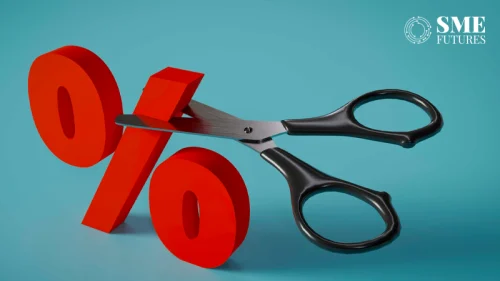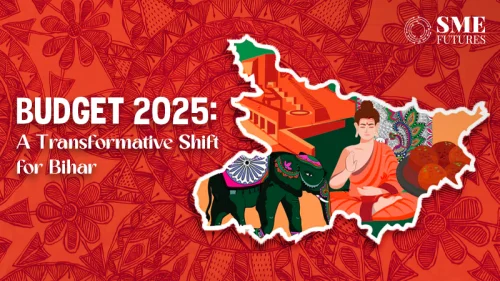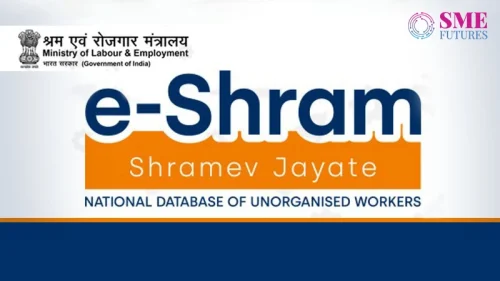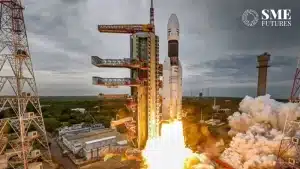MSME budget expectations: Beyond the slightest doubt, India’s micro, small and medium (MSME) businesses play a crucial role in boosting the economy and generating significant employment in the country. This key sector comprises as many as 6.3 crore units producing more than 8,000 products and contributing 30% to nominal GDP. More importantly, their future is ripe with phenomenal possibilities. According to a MSME Business Confidence Study by Neo Growth, 96% percent of MSMEs expect profits to rise in 2023. Among the key areas where SMEs and MSMEs are expected to soar high include green energy, digital inclusion, electric mobility apart from the traditional manufacturing areas.
To its credit, the government has been lending a helping hand to the sector, be it through credit and financial assistance, skill development and training, infrastructure support, or technology upgradation. Having said that, there is an urgent need to rescue the sector from the constraints of bureaucratic red-tape and the maze of regulatory compliances to help them grow, not merely survive.
I wish to highlight three key areas where the budget can make a lasting difference to this sector through prudent and purposeful policies:
Regularise Payments / Recovery: This is by far the most formidable challenge facing SMEs and MSMEs. Even a cursory glance at the numbers gives a fair idea of the gravity of this perennial problem. In 2022, micro and small enterprises registered 31,192 complaints (dues of Rs 7,128 crore) against PSUs and departments, but only 1,056 applications involving (dues worth Rs 71 crore) were cleared by the facilitation councils.
Unfortunately, imposing a heavy interest penalty over and above the MSME Development Act, 2006 stipulation has not proved effective. In fact, penal action has proved counterproductive as it has dissuaded the big industries from roping in registered MSMEs, fearing pull-ups and penalties.
The only feasible solution in my opinion would be to mandate PSU banks to provide credit against invoices, take assignment of all debts, consolidate all payments made, and then enforce penal action against all the defaulters including their group companies wherever involved. By virtue of this arrangement, all unsecured credit of SMEs/ MSMEs would be converted into secured loans in the hands of banks, and they will then be able to provide easy credit to SMEs.
Fast Track SME M&As: There is an immediate need to consolidate SMEs/ MSMEs/ Startups via contractual Mergers (including reverse mergers for listing etc) on automatic route basis including spinoff/ transfer of their divisions / assets and intellectual property into large companies on contractual basis, without court intervention with full tax benefits, and capital gains exemptions. It is important to allow, these smaller companies to put their assets to productive use, re-employ skilled employees, and channelize management bandwidth for growth instead of allowing them to die. This structuring must be protected from the usual bureaucratic ‘ifs and buts’ to help it yield positive results. Needless to say, there must be a mechanism to keep unscrupulous participants at bay.
Adopt Five-Year Plan for procurement from SMEs: Similar to the Green revolution and the Industrial revolution, the SME/ MSME revolution has generated large-scale employment in the country and is now proving to be the backbone of Indian Economy. There is a strong case for five-year plan which the government can design and deliver to create a robust ecosystem that boosts their businesses by providing centralised institutional support of large-scale procurement by the Central and State Governments, and widespread use of information technology, artificial intelligence, cloud computing and data analytics on a globally competitive basis.
This five-year plan should ideally include more stimulus from GoI for strengthening research, training and upskilling programs at the SME level, reservation of certain low-end product manufacture for SMEs/ MSMEs, providing a legal frame-work for raising funds via expedited IPOs, and extending tax cuts and easing the compliance burden through relaxation of reporting or filing mandates.
With investments and granting of loans both likely to witness a significant surge in 2023, the most imperative tool for MSME to bounce back is digitalization. The government can help the players of this sector by incentivising tech initiatives which will go a long way in helping them expand their reach and geographical footprint while keeping pace with the evolving needs of a competitive marketplace.
Going forward, the e-commerce from the semi-urban areas will be a key growth driver for the SME/ MSME sector, and governmental support through a focused five-year plan procurement plan by the Government could prove a gamechanger for SMEs and MSMEs on a long-term basis.











